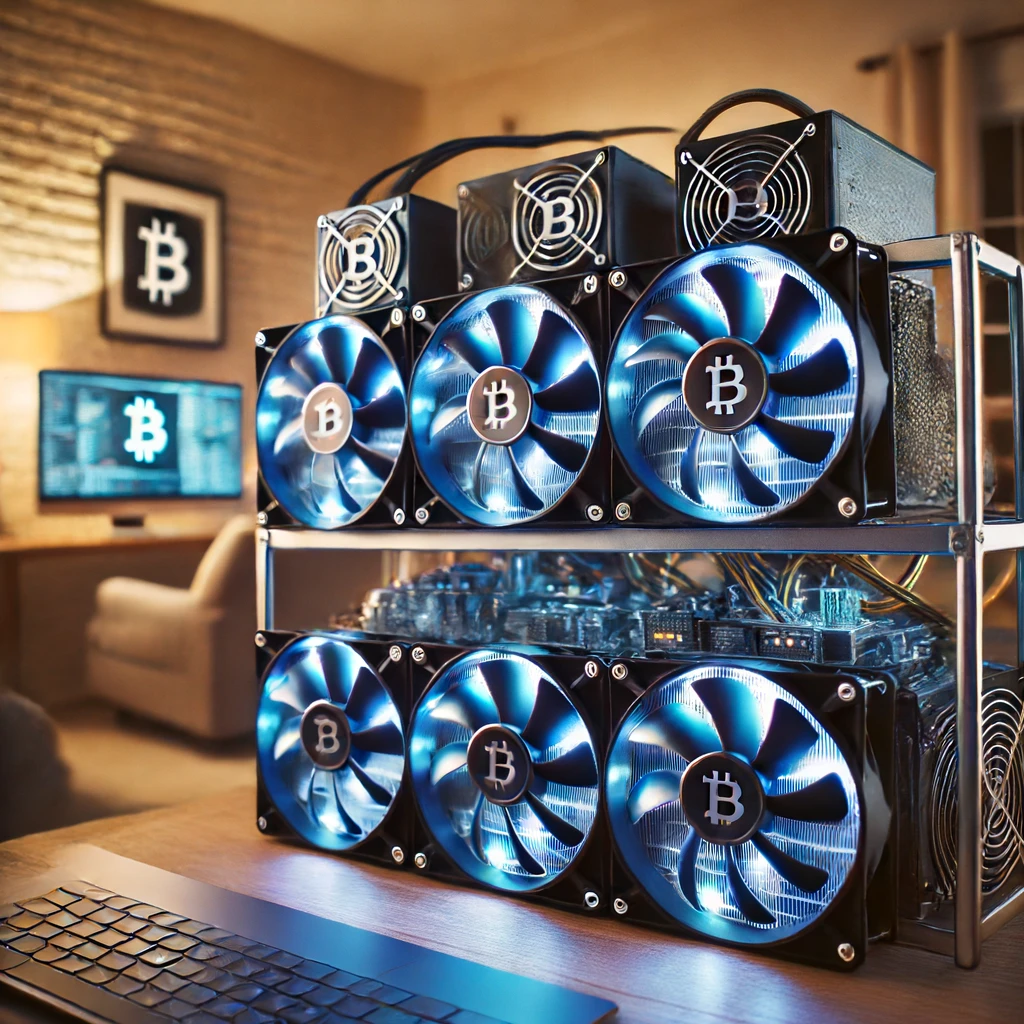Introduction
Hey there! My name is Luis, and I’m an experienced Bitcoin Mining Host specializing in retail customers. If you’re curious about Bitcoin mining, you’re in the right place. Today, I’m going to share my journey from starting small to running a successful Bitcoin mining operation. Let’s dive in and hopefully, you’ll find some inspiration and useful tips along the way.
The Early Days
Discovering Bitcoin and Mining
I first heard about Bitcoin back in 2015, when it was still a relatively obscure concept. Like many of you, I was fascinated by the idea of decentralized digital currency. The more I read about it, the more intrigued I became. One aspect that particularly caught my attention was mining—this mysterious process where you could earn Bitcoin by solving complex mathematical problems.
Initial Research and Learning Phase
Before jumping in, I spent countless hours researching online. I scoured forums like Bitcointalk, watched YouTube tutorials, and read every article I could find. I quickly realized there was a steep learning curve. Terms like “hash rate,” “block reward,” and “difficulty adjustment” were foreign to me, but I was determined to learn.
Taking the First Steps
Setting Up the First Mining Rig

Armed with basic knowledge, I decided to take the plunge. My first mining rig was a humble setup—just a couple of GPUs I managed to get my hands on. I remember spending an entire weekend assembling the rig, connecting the cables, and installing the necessary software. It was a lot of trial and error, but the thrill of seeing my rig come to life was worth it.
Early Mining Experiences
When I mined my first block, I felt like I had struck gold. The initial earnings weren’t much, but I reinvested everything back into improving my setup. Each small success fueled my ambition to scale up and optimize my operation further.
Scaling Up
Recognizing the Potential for Growth
As I became more confident, I realized that there was real potential in Bitcoin mining. The key was to scale up efficiently. I started by upgrading my hardware. I switched from GPUs to more efficient ASICs, which significantly boosted my hash rate.
Enhancing the Mining Strategy
I also fine-tuned my mining strategy. This involved selecting the right mining software and optimizing it for my hardware. Tools like CGMiner and BFGMiner became my best friends. I adjusted settings to maximize performance and minimize downtime. It was a constant learning process, but the improvements in efficiency were noticeable.
Overcoming Challenges
Dealing with Technical Issues
Of course, it wasn’t all smooth sailing. I encountered my fair share of technical issues. There were times when my rig would crash, or I’d face overheating problems. I remember one summer when the heat was so intense that I had to shut down my rigs during peak hours. I quickly learned the importance of proper cooling and regular maintenance.
Managing Financial Aspects
Another challenge was managing the financial side of things. Mining isn’t cheap—there are costs for hardware, electricity, and cooling. I had to budget carefully and find ways to reduce expenses. I explored renewable energy options and negotiated better rates with my electricity provider. Every little saving helped boost my overall profitability.
Optimizing for Efficiency
Fine-Tuning Hardware Settings
To get the most out of my hardware, I delved into overclocking. This involved tweaking the clock speeds of my ASICS to push them beyond their factory settings. It was a bit risky, but with the right precautions and monitoring tools, it paid off. My rigs were now running faster and more efficiently.
Implementing Advanced Cooling Solutions
Cooling was another area where I made significant improvements. Initially, I relied on basic air cooling with a few fans. However, as my operation grew, I switched to a more advanced liquid cooling system. It was an investment, but it dramatically reduced the risk of overheating and extended the lifespan of my hardware.
Building a Professional Operation
Transitioning from a Hobby to a Business

As my mining operation expanded, it became clear that this was no longer just a hobby. I needed to approach it like a business. I set up a formal business entity, which helped with managing finances and navigating regulatory requirements. I also sought out funding to scale my operation further.
Professionalizing the Setup
With more rigs, I needed more space. I rented a dedicated facility to house my mining equipment. This allowed for better organization and security. I also hired a small team to help with maintenance and monitoring. Delegating tasks meant I could focus on strategic decisions and further expansion.
Staying Ahead of the Curve
Keeping Up with Industry Trends
The Bitcoin mining industry is constantly evolving. New hardware and software are released regularly, and mining difficulty changes. To stay competitive, I attended conferences, networked with other miners, and kept up with industry news. Continuous learning and adaptation were crucial to my success.

Conclusion
Looking back, my journey from starting small to running a successful Bitcoin mining operation was filled with challenges and rewards. The key to my success was a combination of continuous learning, strategic investments, and a passion for the technology. If you’re considering getting into Bitcoin mining, start small, stay persistent, and always look for ways to optimize.
Call to Action
Feeling inspired to start or expand your mining operation? Join the PyMiners.com community for support, resources, and personalized consultations. Whether you’re a beginner or an experienced miner, we have the tools and expertise to help you succeed. Visit PyMiners.com to learn more and get started on your mining journey today!
